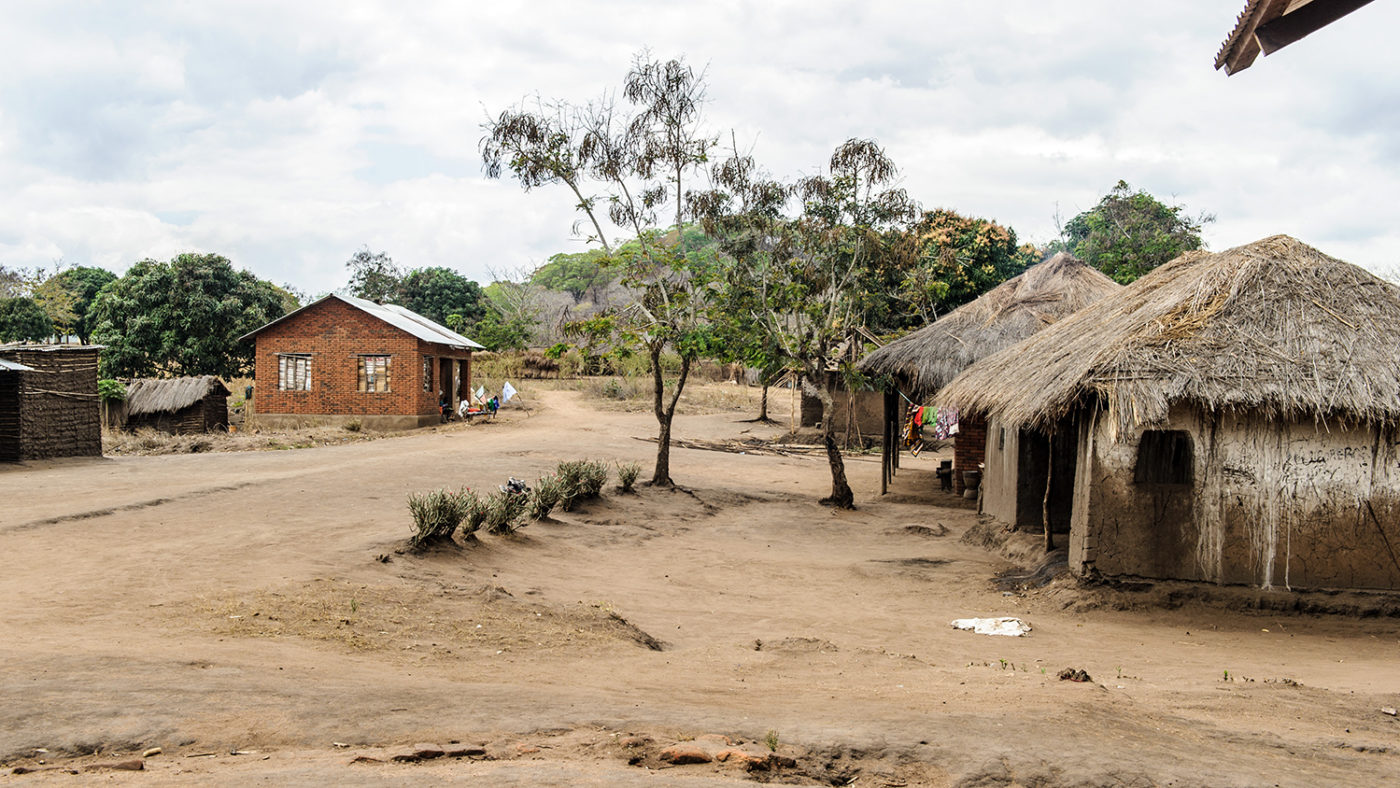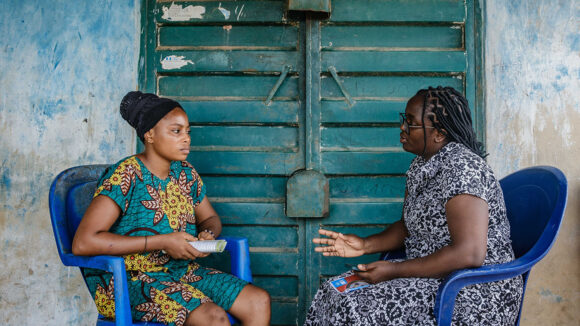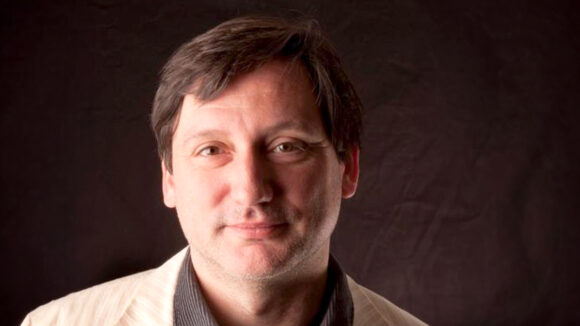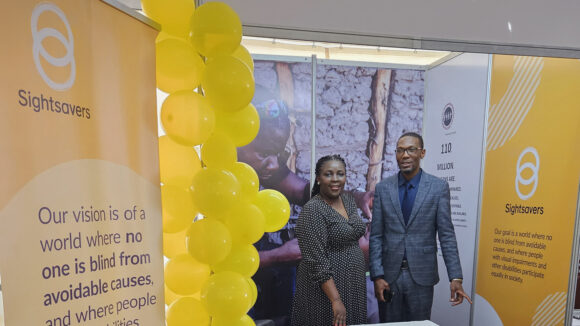NOTE: This article is more than five years old, but may still be relevant. For more recent content, see our latest stories from the field.

Sightsavers’ Julia Strong visits an eye health outreach project in Tanzania that’s making a huge difference to people in remote communities.
We’re lost. Which, on an ordinary day in the UK, wouldn’t be much of a big a deal, thanks to modern technology and the occasional helpful bystander. But we’ve been driving for more than three hours in a remote part of Tanzania with no map and no mobile phone signal, on a dirt road with no road signs, in blazing summer heat, and we’re starting to get a bit nervous.
As we head deeper into the bush of Kisarawe District, we pass an occasional scattering of huts with washing flapping in the breeze outside, but no people; most will be inside sheltering from the hot sun, or farming in the scrub. We see a Masaai woman herding cattle and ask her the way to Ving’hande village, but she’s never heard of it. Eventually someone tells us it’s “just up the road” – a full hour later, we arrive in the village, and the whole team’s relief is palpable.
“Getting to everyone who needs help is a huge challenge”
We’re here at Ving’hande Village Health Centre to meet District Eye Care Coordinator Rachel, who’s leading an outreach team from Kisarawe District Hospital. The team regularly sets out to remote areas and goes from village to village checking for cases of trachoma (a contagious eye infection that can cause eye irritation, scarring and often gradual blindness), but they only have one vehicle between them. Getting to everyone who needs help is a huge challenge.
The health centre (where eye examinations and treatment take place as part of the Sightsavers-supported Tanzania Integrated Neglected Tropical Disease project) is a simple concrete building with six rooms. There’s no running water and the toilet is a latrine behind the centre. Water for surgery comes from a large white bucket with a tap at the bottom and the health workers use a powder to sterilise their hands. Despite the limitations of this setup, the health workers will see up to 50 people on each of the three days they’re here.
“The health centre has already had a huge impact”
The five-year project has been running for two years so far, and there’s still a long way to go before everyone who needs treatment can access it. But the health centre has already had a huge impact in the region and been vital in helping many people regain their sight. And health workers like Rachel and her team are an essential part of this.
Looking back, I realise that in the time we spent lost in the bush looking for Ving’hande, the outreach team saw and treated somewhere in the region of 20 patients. If they can do that in one morning, in one rural village, can you imagine the difference they’ll have made to the whole region in the next three years?
Sightsavers would like to thank the Jersey Overseas Aid Commission for generously supporting the Tanzania Integrated Neglected Tropical Disease project from 2015-2017.
By Julia Strong, Sightsavers Trust Manager
“Workers will see up to 50 people on each of the three days they’re here”
Want to read more about our work?
Sightsavers and eye health
Why community collaboration is important in our research
Our research on female genital schistosomiasis has highlighted the need to establish a safe and supportive environment for participants when studying sensitive topics.

The key to inclusive education is engaging organisations of people with disabilities
Collaborating with organisations of people with disabilities (OPDs) on our inclusive education projects has earned the Sightsavers-led Inclusive Futures consortium a Zero Project Award in 2024.

Six takeaways from the International Conference for Public Health in Africa
Sightsavers’ Hortance Manjo shares insights from the event in Zambia, which highlighted eye health for the first time.